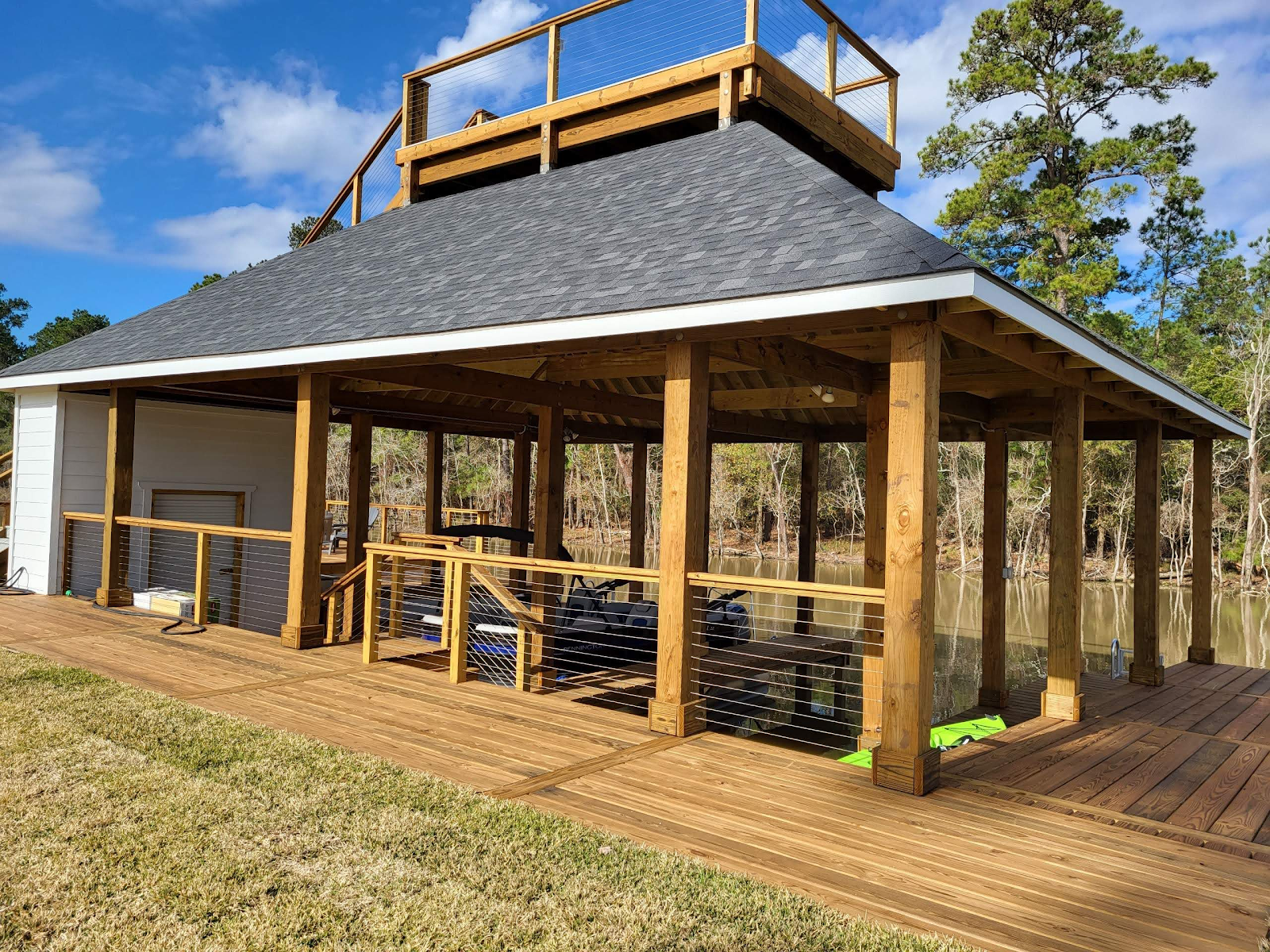Identifying Wind Damage on Your Roof Post-Storm
When severe weather strikes, your home's first line of defense is often your roof. Wind, in particular, can cause significant damage that may not be immediately apparent to the untrained eye. As a homeowner, understanding how to identify wind damage on your roof after a storm is crucial for maintaining the integrity of your home and preventing further issues. This guide will walk you through the process of conducting a storm damage roof inspection, highlighting key areas to examine and signs of wind damage to look out for. By familiarizing yourself with these indicators, you'll be better equipped to assess your roof's condition and determine when it's time to call in a professional roofing company in Pennsylvania for a more thorough evaluation and potential repairs.

Understanding the Impact of Wind on Your Roof
Wind can affect your roof in various ways, depending on its intensity and direction. High winds can lift and remove shingles, create stress points on the roof, and even cause structural damage in severe cases. The first step in identifying wind damage is understanding how wind interacts with your roof. Wind doesn't just blow across the surface; it creates uplift forces that can compromise the integrity of your roofing materials. These forces are particularly strong at the edges of the roof, corners, and ridgelines, making these areas especially vulnerable to damage. Additionally, wind-driven debris can cause impact damage, creating weak points that may lead to leaks or further deterioration over time.
Visible Signs of Wind Damage on Shingles
One of the most common and noticeable signs of wind damage is affected shingles. During your storm damage roof inspection, pay close attention to the condition of your shingles. Look for shingles that are missing, lifted, curled, or cracked. Wind can cause shingles to peel back, exposing the underlying roofing materials to the elements. This not only compromises your roof's ability to protect your home but also creates potential entry points for water. Granule loss is another indicator of wind damage; if you notice an excessive amount of granules in your gutters or on the ground around your home, it could be a sign that your shingles have been compromised by strong winds. These granules protect the shingles from UV rays and weather, so their loss can significantly shorten the lifespan of your roof.
Examining Flashing and Roof Accessories
While shingles often bear the brunt of wind damage, other roofing components are also susceptible to wind-related issues. Flashing, which is used to seal and waterproof areas around chimneys, vents, and other roof penetrations, can be loosened or torn away by strong winds. During your storm damage roof inspection, carefully examine these areas for signs of separation or damage. Look for bent or missing flashing, as well as any gaps that could allow water to penetrate. Additionally, check roof vents, skylights, and other accessories for signs of damage or displacement. These components play crucial roles in your roof's overall performance and integrity, so any issues should be addressed promptly by a professional roofing company in Pennsylvania.
Attic Inspection: Uncovering Hidden Damage
Sometimes, wind damage isn't immediately visible from the outside. That's why an attic inspection is a crucial part of a comprehensive storm damage roof inspection. After a severe weather event, take the time to examine your attic space. Look for signs of water intrusion, such as wet insulation, water stains on the underside of the roof decking, or visible daylight coming through the roof boards. These could indicate that wind has compromised your roof's water-resistant barrier. Additionally, check for any shifts in the roofing structure, such as sagging or misaligned rafters, which could be signs of more severe structural damage caused by high winds. If you notice any of these issues, it's essential to contact a professional roofing company in Pennsylvania for a thorough assessment and necessary repairs.
Gutter and Downspout Evaluation
Your gutters and downspouts play a crucial role in directing water away from your home's foundation, and they can also provide valuable clues about the condition of your roof after a storm. During your storm damage roof inspection, check your gutters for an accumulation of shingle granules, which can indicate significant wear on your shingles due to wind damage. Look for any sections of gutter that have been pulled away from the roofline, as this can be a sign of wind lifting the edge of the roof. Also, inspect downspouts for any debris or shingle fragments that may have been washed down during the storm. Properly functioning gutters are essential for protecting your home from water damage, so any issues discovered during this inspection should be addressed promptly.
Assessing Potential Structural Damage
In cases of extreme wind events, such as tornadoes or hurricanes, your roof may suffer more than just surface damage. Structural damage can occur when high winds create pressure differentials that stress the entire roofing system. Signs of potential structural damage include a visibly sagging roofline, interior wall cracks, or doors and windows that suddenly become difficult to open or close. These symptoms may indicate that the wind has compromised the structural integrity of your roof and potentially your entire home. If you observe any of these signs during your storm damage roof inspection, it's crucial to evacuate the premises and contact a professional roofing company in Pennsylvania immediately. Structural damage can be dangerous and requires expert evaluation and repair.
The Importance of Professional Assessment
While conducting your own storm damage roof inspection is an important first step, it's essential to understand the limitations of a DIY assessment. Professional roofing contractors have the expertise, equipment, and experience to identify subtle signs of damage that may not be apparent to the untrained eye. They can perform a comprehensive evaluation of your entire roofing system, including areas that may be difficult or dangerous for homeowners to access. Additionally, professional roofers can provide detailed documentation of the damage, which can be crucial when filing insurance claims. If you suspect your roof has sustained wind damage, or if it's been a while since your last professional inspection, consider scheduling an assessment with a reputable roofing company in Pennsylvania. Their expertise can help ensure that all damage is properly identified and addressed, protecting your home from potential future issues.
Conclusion:
Conducting a thorough storm damage roof inspection after severe weather events is crucial for maintaining the integrity of your home and preventing minor issues from escalating into major problems. By familiarizing yourself with the signs of wind damage, from visible shingle issues to subtle indicators of structural concerns, you can take a proactive approach to roof maintenance. Remember, while a DIY inspection is a good starting point, it's no substitute for a professional assessment. If you notice any signs of damage or if you're unsure about the condition of your roof, don't hesitate to contact a professional roofing company in Pennsylvania for a comprehensive evaluation.
Regular inspections and prompt attention to any damage can significantly extend the life of your roof and protect your home from the elements. By staying vigilant and addressing issues early, you can ensure that your roof continues to provide reliable protection for years to come. For expert assistance with storm damage roof inspections and repairs, homeowners can turn to trusted professionals like Priddy Roofing and Exteriors, who have the knowledge and experience to keep your roof in top condition, no matter what nature throws its way.





Comments
Post a Comment